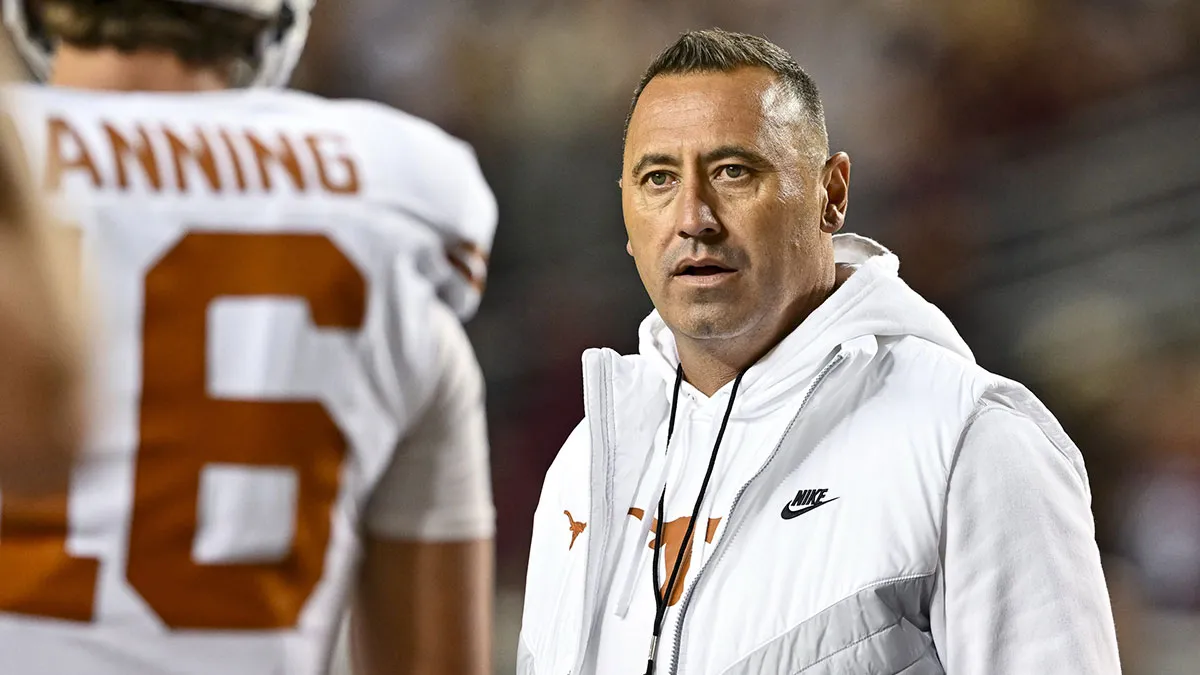By Sarah George
Copyright edie

A new report from Britain Remade outlines a blueprint to slash the cost of building new nuclear power stations.
The recommendations in the report, entitled ‘A Policy Playbook for Cheaper Nuclear’, include updating grid regulations to encourage the co-location of nuclear power alongside the power-hungry data centres that will be required to serve booming AI use.
Earlier this year, the Government committed to creating AI Growth Zones where data centres and their supporting infrastructure can enjoy fast-tracking planning and easier access to power.
However, even those data centres which secure their own behind-the-meter access to energy will still need access to the grid for stability and balancing.
Building a new Grid Supply Point (GSP) to step-down power from the high voltage transmission network to local networks can take up to 10 years, which the report describes as “unfit” for a world where the UK’s AI data centre power demand must more than triple by 2030.
The report suggests that private companies in AI Growth Zones could build their own direct connections to the grid, which could be delivered more cheaply and in three years rather than up to 10. This is because the GSPs would only need to serve a single cluster rather than the wider regions that conventional supply points cater for.
However, the report explains, the Electricity Act 1989 stipulates that only grid monopoly networks can transmit without a licence, except for the cables used to transport offshore wind power to land.
A key role for small nuclear
As such, Britain Remade recommends that the government should extend this exemption to privately owned and operated substations, built to serve co-located clean power generation within AI Growth Zones, so that they can connect directly to the national transmission system.
Its report also says that the National Energy System Operator (NESO) should allow data centres and other heavy industrial users to buy non-firm grid connections when they have reliable on-site generation from small modular reactors (SMRs).
This would allow projects to go live without waiting years for a full, always-on transmission connection, it says.
The recommendations on grid connections are amongst a swathe of proposals for cutting the UK’s ballooning nuclear new build costs.
These include stopping the Office for Nuclear Regulation from requiring costly changes to reactor designs, which have been approved by counterparts abroad, on similar lines to the deal being signed between the UK and US governments this week.
Lord Hunt, former nuclear minister, said: “This report not only precisely lays out the issues that make building new nuclear power stations in Britain so expensive, but clearly outlines the bold but deliverable policies needed to address them.
“Nuclear is not just low carbon; it is also reliable and provides the essential baseload power that Britain needs alongside renewables. It is not inevitable that Britain pays more than any other country in the world to build a nuclear plant. With the right policies, costs can be brought down without compromising on operational safety or the environment.”
Sam Richards, chief executive of Britain Remade, said: “If we want a fleet of cheap, safe and reliable nuclear power plants, we need regulations that are rooted in science, not an overabundance of caution.”
The reforms also allow nuclear power stations to be built on more sites than previously permitted.
The 21 shortlisted sites in the Midlands were whittled down from an original list of 84. Of the 21 shortlisted, nine are on brownfield sites and 12 greenfield.
The need to designate possible SMR sites comes after the Government concluded its SMR competition this spring, awarding one contract to Rolls-Royce to deploy modular reactors across the country.



